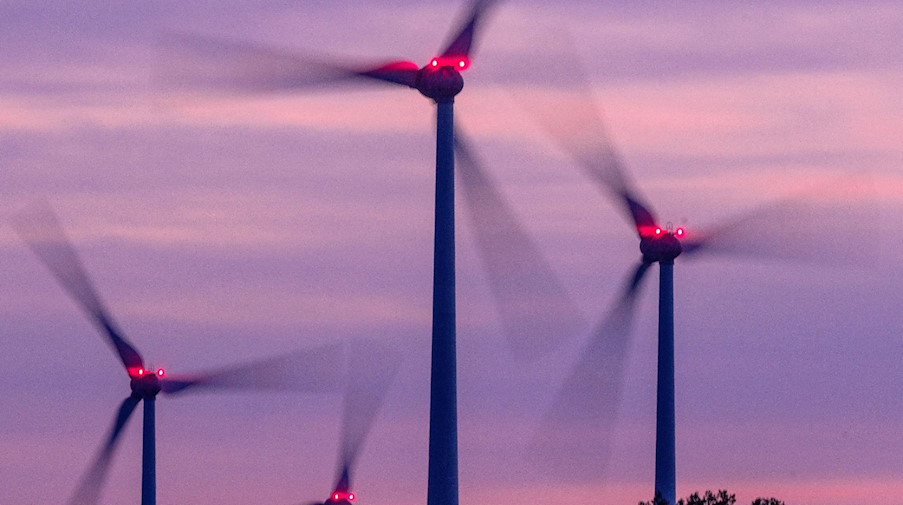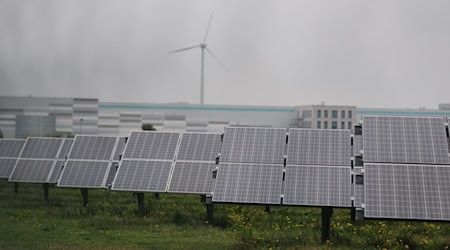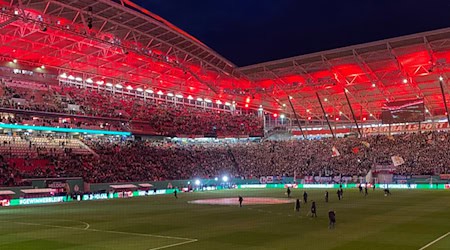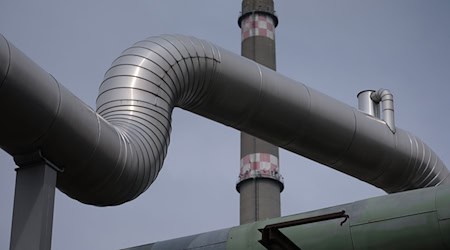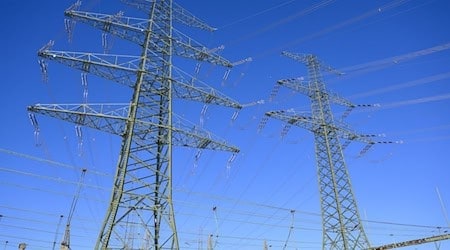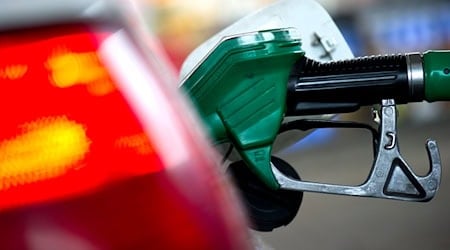New solar and wind power plants have driven green power feed-in in the co-grid area to a record high. About 15 terawatt hours were generated in 2022, up from 13.2 terawatt hours the previous year, the grid operator reported Wednesday. In arithmetical terms, this meant that significantly more electricity was generated from renewable energy sources than was consumed in the region. To keep pace with the energy transition, however, Mitnetz must increase its investments in the power grid. This year, 343 million euros are planned, and by 2024 it should be over 400 million euros.
"Here in the region, we are ten years ahead of the energy turnaround," said Mitnetz Managing Director Dirk Sattur. On 285 days last year, he said, surplus electricity was released into the supra-regional grid - for consumers in southern Germany, for example.
Mitnetz's territory covers parts of Saxony, Saxony-Anhalt and Brandenburg, as well as two areas in Thuringia. However, the amount of electricity generated from renewables in final consumption varies by region. While Brandenburg came according to the data last on a more than three times as high ratio (315 percent), the value in Saxony-Anhalt was 142 percent and in Saxony with 53 percent only slightly above the national average (48 percent).
Driver in the past year was the addition of area solar plants, it was said. Overall, the number of renewable energy installations climbed 18 percent to an all-time high of just over 75,400, it said. Installed capacity increased 5.6 percent to 10.8 gigawatts.
The expansion is expected to continue in the coming years. "We need to connect at least 900 wind turbines and 133,000 photovoltaic systems to the grid by 2030," Sattur said. "The challenge has never been greater." Given the solar boom, Mitnetz expects solar power to surpass wind power in feed-in by the end of 2025,
experts also expect growing demands on the power grid on the consumer side. On the one hand, more and more people are relying on heat pumps to heat their houses and apartments. On the other hand, the number of electric cars that need to be charged on the power grid is rising, they said. "We've seen a 14 percent increase in heat pumps, 280 percent increase in battery storage and 580 percent increase in charging boxes since 2019," explained co-managing director Christine Janssen. In addition, she said, there are more "balcony power plants" - small solar systems that can be powered from a home outlet.
Significant investments are needed to equip the power grid to meet these demands and keep it stable. "We are running into an absolute peak phase," Sattur said. By 2030, he said, some 1,500 kilometers of overhead lines alone would need to be built. That equates to 16 kilometers per month, he said, compared with an average of two kilometers recently. In addition, there would be conversions and renovations of substations. According to Sattur, longer waiting times can also be expected in the future when connecting new generation plants.
Copyright 2023, dpa (www.dpa.de). All rights reserved

